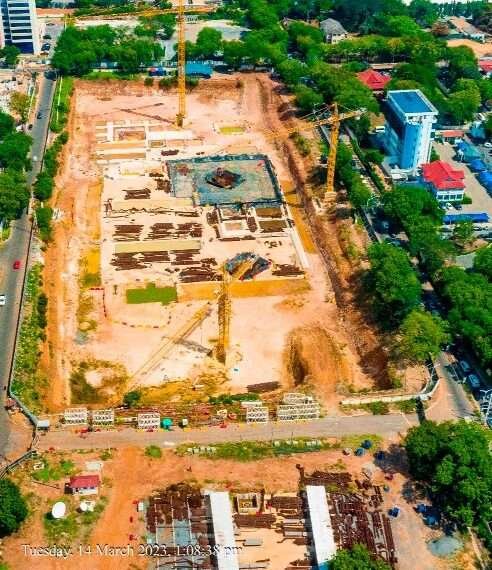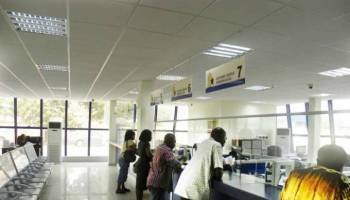Ghana’s National Cathedral project, once heralded as a symbol of national faith and unity, is now embroiled in controversy following stark financial warnings from Bright Simons, Vice President of IMANI Africa.
Originally projected to cost $100 million, the construction budget has skyrocketed, with auditors recently revising estimates to $350 million.
Yet, according to Simons, even this revised figure may grossly underestimate the eventual total. With less than ten percent of construction completed, almost $100 million has already been spent, prompting Simons to warn that “the total budget would likely top $1bn.”
“Some people argue that with nearly $100m spent already (on an accrual basis), the country might just as well complete it. This is the famous ‘sunk costs fallacy.’ Economists normally don’t advise throwing good money after bad money in such a fashion.”
Bright Simons
According to him, even if trustees of the project remain optimistic about its financial prospects, the facts present a starkly different reality.
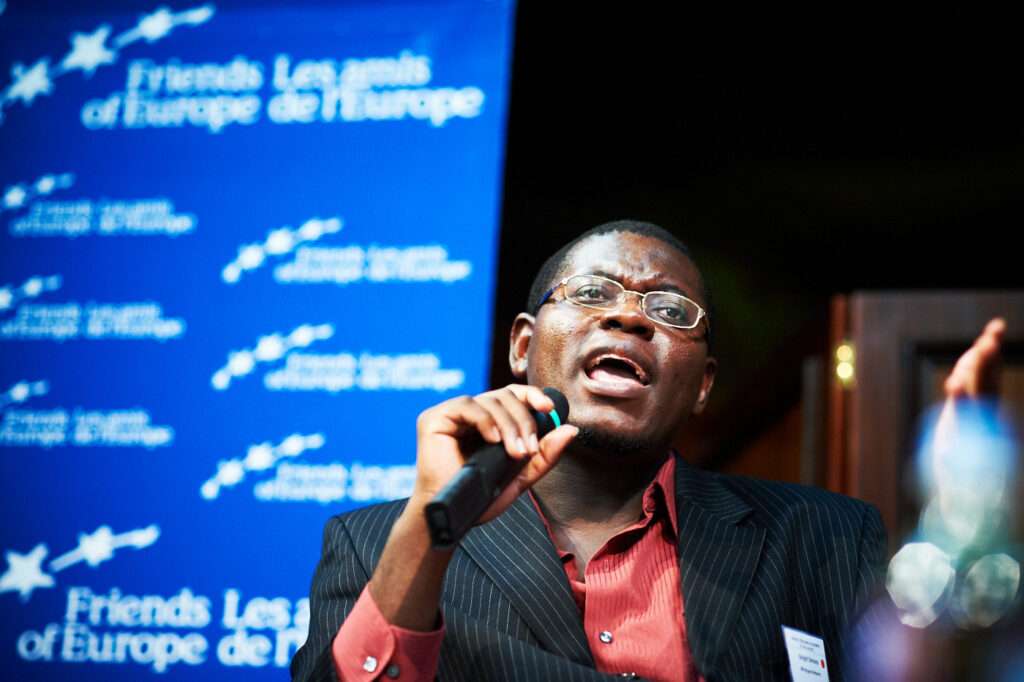
He pointed out that the idea that the Cathedral could eventually become financially self-sustaining lacks any credible economic foundation or supporting evidence from similar projects worldwide.
From his standpoint, the truth is simple and clear: such a massive religious infrastructure project cannot pay for itself, regardless of branding or projected visitor number. “You just have to look at cathedrals around the world and their financial issues to benchmark.”
Cathedrals Worldwide Struggle Financially
Accordingly, Bright Simons pointed to Germany’s Cologne Cathedral as a useful benchmark. He emphasized that this iconic religious structure boasts a rich heritage, attracting millions of pilgrims and tourists due to its possession of sacred artifacts.
These include relics linked to revered saints like Ursula and pieces believed to be from the True Cross. The cathedral also houses the famed Shrine of the Magi, associated with the legendary “wise men that came from the East to worship the infant Christ”.
Despite receiving around six million visitors annually—more than four times the total number of tourists who visit Ghana—Cologne Cathedral struggles financially.
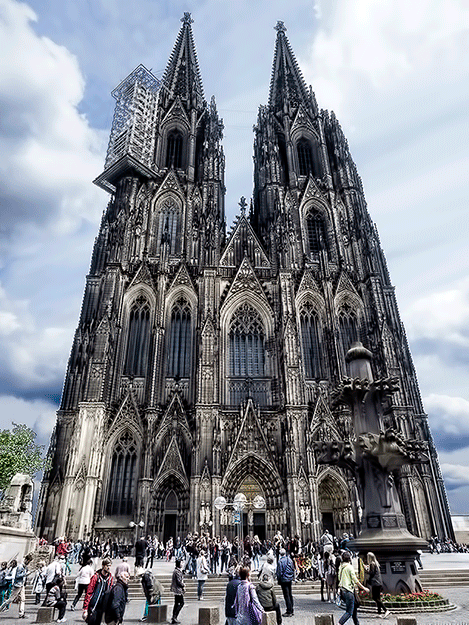
Simons emphasized that “no matter how Ghana brands its Cathedral, it would simply not be able to compete with the 1000-year-old cathedrals dotted all over Christendom.”
To further illustrate the point, he cited the Basilica in Yamoussoukro, Côte d’Ivoire.
“The Christian shrine most similar to what Ghana is attempting to build is the Basilica in Yamoussoukro in Côte d’Ivoire. It barely gets 30,000 visitors a year. It is entirely funded by donations from a Polish religious order.”
Bright Simons
He noted that, unlike Ghana’s non-denominational Cathedral, Catholic structures benefit from structured, regular donor support—a factor that has significantly limited donations for Ghana’s project.
Simons further underscored that even a world-renowned site like Cologne Cathedral cannot sustain itself financially without substantial outside support.
He explained that this historic cathedral depends on 4.5 million Euros in subsidies from the German Catholic Church each year. Its upkeep alone demands over 10 million Euros annually, forcing church authorities to introduce cost-cutting strategies in recent years simply to ensure its continued operation.
He added that “without a dedicated worldwide voluntary association that donates regularly to fund Cologne Cathedral, it wouldn’t be possible to maintain it.”
Applying this context to Ghana, Simons warned that “all the evidence suggests, therefore, that the National Cathedral, if completed, would become another loss-making entity requiring permanent government subsidies.”
Financial Review Of National Cathedral Replacement Urged
Bright Simons further acknowledged that certain national projects may warrant permanent subsidies if their social benefits justify such investment.
Simons emphasized that any alternative project should undergo a strict, evidence-based evaluation process.
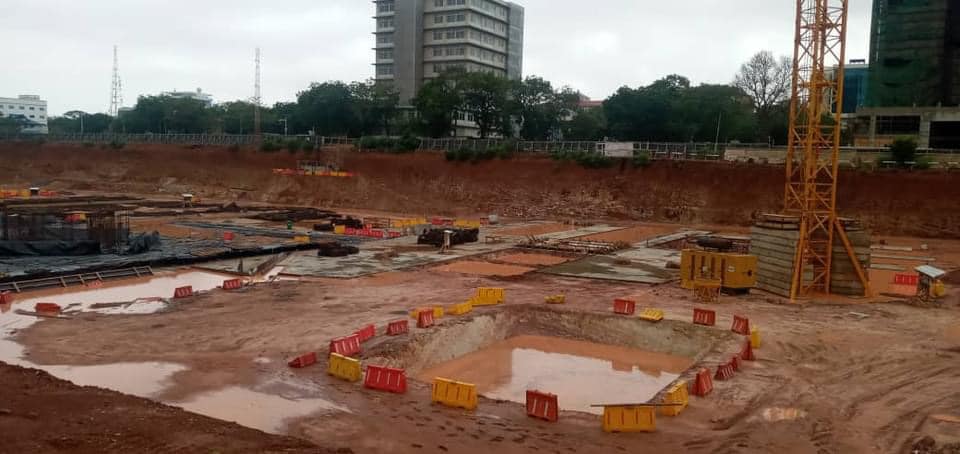
In his view, rigorous cost-benefit analysis and careful assessment of long-term financial viability must guide decision-making when considering replacements for the National Cathedral project.
He acknowledged that some initiatives, due to their significant social importance, can justify ongoing government subsidies. However, determining which projects meet that threshold requires incorporating both financial and social value into comprehensive assessments.
“But the way to determine is to enhance the cost-benefit analysis to capture social, and not only financial, benefits, and then compare with alternative projects that also have a high social value. The total budget of a project would also always be a factor.”
Bright Simons
Simons’ analysis serves as a critical reminder that emotional arguments or national pride should not dictate public expenditure of this magnitude.
As construction on the National Cathedral is currently stalled, his warnings highlight the need for transparency, accountability, and prudent financial planning to prevent what he believes could become one of Ghana’s costliest financial missteps.
READ ALSO: IMF Inflows Trigger Investor Stampede into T-Bills—What’s Next for Stocks?

